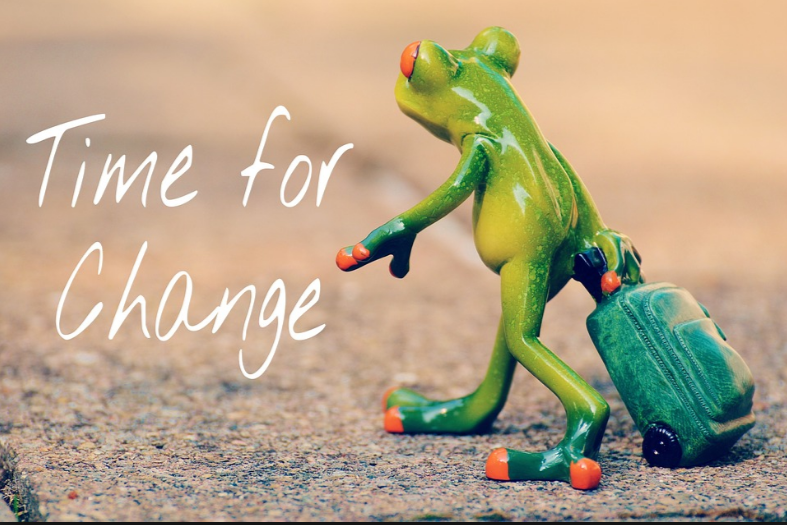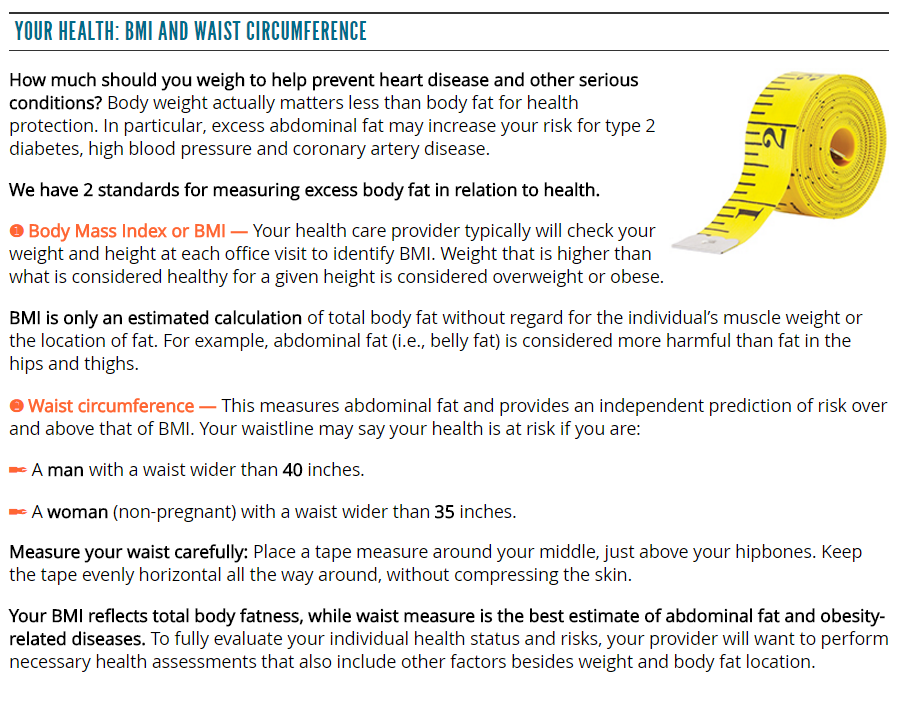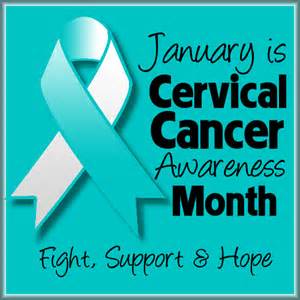Join Healthy Horizons and the CUE Farm staff tomorrow, Tuesday, March 28th for “Spring has Sprung.” Gardening tips will be presented, including basics from healthy soil to building raised beds and more. We will gather in Atherton Union 326 from noon – 1 PM. Bring your own sack lunch and join us. A great gardening door prize will be available.. We look forward to seeing you.
Category Archives: Uncategorized
What’s that you’re drinking?
We all have our favorite drinks we get when we get thirsty. But did you know that just like eating healthy food, we need to drink healthy drinks?

Look at this chart with your parent and check to see whether each drink is healthy, not healthy, or okay to drink sometimes. Post this chart on the refrigerator as a reminder and to encourage your whole family to switch to healthy drinks with you!
| Type of Drink | What’s in it? | How does it help my body? | Why should I be careful? | Should I drink it? | Is it healthy? |
| Regular soda | It has a lot of calories* but no nutrients** (See the definition down below if you don’t know what a calorie or nutrient is.) | Even though soda may taste good, it does not give any of the nutrients that your body needs. | Soda provides more sugar than your body needs, which can cause not only weight gain, but also tooth decay and cavities.*** Yikes! | The less soda you drink the better; try drinking water or fat-free (skim), 1 percent fat, or low-fat milk instead. | YES
NO Sometimes |
| Diet soda | Diet soda doesn’t have any calories, but it doesn’t have any nutrients either. | Diet soda does not provide any of the nutrients your body needs. | Like regular soda, diet soda can lead to tooth decay and cavities too. | Diet soda is okay to drink occasionally, but be sure to drink enough water and fat-free (skim) milk to make sure you are getting all your nutrients | YES
NO Sometimes |
| Fat-Free Milk (Skim Milk) |
Many good nutrients your body needs, like calcium and protein. These help you build strong bones and muscles. | Calcium helps to keep your bones and teeth strong and protein helps you build strong muscles. | Not all milk is the same. Some milk contains a lot of extra fat (like in whole milk and 2% fat milk) that your body doesn’t need. Make sure to grab ones that say fat-free (skim) or 1% fat.. | To get enough calcium and protein, you will want to drink a few glasses of low-fat (1%) or fat-free (skim) milk every day. Try having a glass at breakfast, lunch, and dinner, or for a snack. | YES
NO Sometimes |
| Chocolate Milk | Many good nutrients your body needs, like calcium and protein. The chocolate and other flavors of milk are okay, but they have some extra calories from sugar that regular milk doesn’t have. | Calcium helps to keep your bones and teeth strong and protein helps you build strong muscles. | Make sure to get low-fat (1%) or fat-free (skim) milk so that you aren’t drinking too much fat! | To get enough calcium and protein, you will want to drink a few glasses of low-fat (1%) or fat-free(skim) milk every day. Try saving chocolate and other flavored milks for occasional treats or desserts. | YES
NO Sometimes |
| Water, Just water! | There are no calories in water, but it is something that your body needs plenty of. | Water helps your body do its jobs like keeping your body temperature cool and helping you digest food. Also, water helps you control the number of calories you eat and maintain your weight. | It is important to drink water every day. Our bodies are mostly made of water; it is in all of our cells, tissues, muscles, everywhere! So be sure to get your fill to keep your body from getting thirsty. | YES
NO Sometimes |
|
| Sugary drinks (Like flavored drinks and sports drinks) | A lot more sugar than your body needs. | Some sugary drinks (like sweetened juice, fruit drink, fruit punch) may have some of the nutrients you need, like vitamins and minerals, but should not take the place of 100% juice or water. | Sugary drinks provide more sugar than your body needs, which can cause not only weight gain, but also tooth decay. |
The less you have of these sugary drinks, the better. Look for drinks that have fewer calories and get nutrients from drinks like fat-free (skim) milk. | YES
NO Sometimes |
| Energy drinks | Some energy drinks contain a lot of sugar or artificial sweeteners, caffeine and other chemicals that you can’t even pronounce. | Even though energy drinks may wake your body up for a while, they often have a hard “crash” after the effects wear off. | Having energy drinks may increase the chances of developing an abnormal heart rhythm and it increases you blood pressure, which can strain your heart. | Try drinking a full glass of water if you feel tired, or lay down for a 20-minute cat-nap. Both of those things can help energize you during an afternoon slump. | YES
NO Sometimes |
| 100% Fruit Juice | The 100% juice label means that everything in the bottle came from a fruit or vegetable, but not necessarily the fruit or vegetable you think you’re drinking. | Drinking juice isn’t a substitute for eating fruit, but it can be healthier than some sugary drinks. Know what you’re drinking! | Calories from juices can add up quickly. For example: 4 oz of 100% grape juice has 76 calories! | Sometimes — and you can even eat it! Put 100% fruit juice in an ice tray and freeze it to make mini-popsicles. | YES
NO Sometimes |
GardenFest
Saturday, March 25, 2017, 9:00 AM.
GardenFest at Hoosier Harvest Church in Martinsville.
30 garden-related vendors, speakers, pansy sale, food service, seed and native tree giveaways, and more, presented by the Morgan County Master Gardeners. 9 AM to 3 PM. Free admission. Info: 765-346-5611.
Location: Hoosier Harvest Church, 4085 Leonard Road, Martinsville, Morgan County.
visitmorgancountyin.com/

Lower Your Risk of Colorectal Cancer
Body weight, physical activity, and diet
You might be able to lower your risk of colorectal cancer by managing some of the risk factors that you can control, like diet and physical activity.
Weight: Being overweight or obese increases the risk of colorectal cancer in both men and women, but the link seems to be stronger in men. Having more belly fat (that is, a larger waistline) has also been linked to colorectal cancer. Staying at a healthy weight and avoiding weight gain around the midsection may help lower your risk.
Physical activity: Increasing your level of activity lowers your risk of colorectal cancer and polyps. Regular moderate activity (doing things that make you breathe as hard as you would during a brisk walk) lowers the risk, but vigorous activity might have an even greater benefit. Increasing the intensity and amount of your physical activity may help reduce your risk.
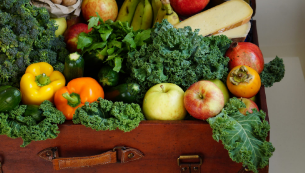
Diet: Overall, diets that are high in vegetables, fruits, and whole grains (and low in red and processed meats) have been linked with lower colorectal cancer risk, although it’s not exactly clear which factors are important. Many studies have found a link between red meats (beef, pork, and lamb) or processed meats (such as hot dogs, sausage, and lunch meats) and increased colorectal cancer risk.Limiting red and processed meats and eating more vegetables and fruits may help lower your risk.
In recent years, some large studies have suggested that fiber in the diet, especially from whole grains, may lower colorectal cancer risk. Research in this area is still under way.
https://www.cancer.org/cancer/colon-rectal-cancer/causes-risks-prevention/prevention.html
When Change is Hard
A year ago I changed states, jobs, homes, and moved from family to other family. Change can be the best thing for us and the hardest thing at the same time. I found the information below helpful and encouraging regarding the changes we may have to make in our life in pursuit of wellness.
When Change is Hard
Making a change is not easy. In fact, 60 percent of people who achieve their New Year’s resolutions flop once-or more-before succeeding.
But you can pump up your healthy habits. And the more you stick with a new behavior, the easier it gets. That’s because repetition actually can build pathways in your brain.
If you’re having trouble, consider these tools for sticking with change.
Boost Your Motivation
Everyone has times when their motivation sags. Here are some tips to boost yours:
- Remember your why. What made you try this wellness tool? Was it because you wanted to be more focused at work? Less grouchy to your spouse? Less winded at the gym? Or maybe it was just because you deserve to feel good. Whatever your reasons, keep a list to inspire you.
- Make a change. If you’ve tried your chosen tool for a while and aren’t feeling better, try another. Remember, not all of the 10 Tools are right for everyone. Also consider shifting the way you use a tool to avoid boredom. For example, if you’ve chosen to help others, instead of checking on your neighbor this week, try donating to charity.
- Get support. If appropriate, join a group or work with a friend. You also can ask those around you to support your change. If you’re trying to stay positive, you might ask your kids to tell you something great about their day.
- Congratulate yourself. Success breeds success, so acknowledge yourself for any steps forward. Little rewards sometimes also work well.
Resisting Temptation
At times, you may find yourself on the verge of returning to unhealthy behaviors. Tips for those times include:
- Be prepared. Some temptations can be avoided altogether with a little planning. You can pack healthy snacks to resist junk food. You can record your late-night TV show to avoid losing sleep.
- Wait it out. If you’re feeling an unhealthy urge, remind yourself that it will pass. Most urges fade pretty quickly. If yours is stubborn, try distracting yourself with something fun.
- Ask yourself about yourself. What will make you feel better about yourself later, sticking with your wellness change or dropping it?
Dealing with Setbacks
Failing is not such a big problem. How you deal with failure is often what really matters.
- Don’t give up. When you break your plan, try not to assume all is lost. It would be a shame to give up entirely just because you slipped for a few days-or even a few weeks.
- Don’t overly criticize yourself. Scolding makes you feel bad about yourself, and bad does not promote success. Instead, imagine what you’d say to a friend if she had failed.
- Think about what went wrong. Then start looking for solutions. Were you too tired at the end of the day? Try moving your activity to the morning instead. Did you feel like you didn’t have time? You might switch to one of the wellness tools that take almost no time, like staying positive. Did you put other people’s needs before yours too often? Remember that if you don’t take care of yourself, you may wind up too burnt out to help anyone else.
BMI: What is it?
Warm and Tropical!
Are you dreaming of warm water lapping at your toes or a sandy beach view? Experience some of the fun at one of the many indoor water parks in the greater Indianapolis area. Some are listed below by website:

In Carmel, IN:
http://carmelclayparks.com/monon-community-center/mcc-hours/
IndyIsland on east side of Indianapolis:
http://funfinder.indy.gov/#%21/../%23/details/48
Krannert Park on west side of Indianapolis:
Cervical Cancer Survivor Story
“I was scared and angry when I received my diagnosis, but I decided to face it head on.”
—Janna H., Cervical Cancer Survivor
Age at diagnosis: 32
I have always gone for regular Pap tests. In hindsight, I had a few symptoms but nothing so worrisome that I moved up my regular checkup. I was married for 10 years before my divorce. My former husband had multiple affairs during our marriage, which is how I was exposed to HPV. [Editor’s note: Human papillomavirus (HPV) is the main cause of cervical cancer. It is a common virus that is passed from one person to another during sex. Nearly 80 million people—about one in four—are currently infected in the United States. Most people will have HPV at some point in their lives, but few women will get cervical cancer.]
I have always been health-conscious. I eat pretty well, exercise moderately. I have never smoked or done drugs, and I have never engaged in risky sexual behaviors—I considered myself “low risk.”
In June 2014, I went in for my annual OB/GYN [obstetrician/gynecologist] checkup. About a week or two later, I got a call from the nurse telling me my Pap test had come back abnormal, and I needed to come back in for a follow-up appointment. I’ve had abnormal Pap tests in the past, so I didn’t worry too much. Plus my follow-up appointment was scheduled for mid-August, which was weeks away, so I didn’t think it could be all that serious.
During my second appointment, I had a biopsy. The doctor told me not to worry, but I wanted to know the worst-case scenario. She told me worst case was that I would need a hysterectomy. I was told it would be about a week or a little longer, but that I’d get a phone call letting me know the results. Just four days later, I received a call from the doctor telling me she had gotten the results back—they weren’t good. She had already made an appointment with a gynecologic oncologist for me on Wednesday morning, and I needed to be there. I barely made it to my desk…an oncologist. Worst-case scenarios started going through my head.
During my appointment with the gynecologic oncologist, I was scheduled for cone biopsy surgery the next day. Within less than seven days I had gone from being a healthy 32-year-old following up with my OB/GYN to someone with cancer and having surgery.
After my surgery, the oncologist talked to my family and told them while he thought everything was removed, the cancer was larger than expected—he could not be certain until the results came back. Nine days later I received news that I was at stage 1B with a very aggressive form of cervical cancer. He wanted me to come in to discuss my options. We scheduled surgery for a radical hysterectomy. I had to wait six weeks between the cone surgery and the hysterectomy…the longest six weeks of my life. But on September 30th, I had a radical hysterectomy.
While I didn’t think I really wanted to have more children, I did not like that the option was taken from me. And it was taken so quickly. It took time to adjust to that idea I would never hold another baby (of my own) in my arms. I had saved boxes and boxes of baby clothes in my garage “just in case” I ever changed my mind…but after the diagnosis, I went through all the boxes and gave them all away. That was hard.
The surgery and recovery was one of the most painful things I have had to go through, but other than the scars on my stomach, things are pretty much back to normal. I did not need radiation or chemotherapy because the surgery got everything. Yet, I live with the lingering fear that the cancer will come back.
My advice to women is to take your regular OB/GYN appointments seriously. My annual checkup saved my life. We take care of our families making sure they get their health check-ups, so why not take care of ourselves? Often we feel like we take off from work too much to take care of our kids, so how can we take time off yet again for an un-fun date with our OB/GYN? I know I thought about re-scheduling my OB/GYN appointment many times! Most cervical cancer is slow-growing, but not all types. And once it gets past your cervix into other organs, survival rates drop rapidly.
Do the safest, smartest thing for you even if it’s not really what you WANT to do. When I made my decision to have a radical hysterectomy, it wasn’t just for me. It was for my children—so I can be here to see them graduate and get married and have babies of their own. Don’t risk letting cancer spread because you are scared of the possible treatments. I was scared and angry when I received my diagnosis, but I decided to face it head on.
https://www.cdc.gov/cancer/knowledge/survivor_stories/janna.htm
January Cervical Cancer Awareness Month
Can Cervical Cancer Be Found Early?
The best way to find cervical cancer early is to have regular screening with a Pap test (which may be combined with a test for human papilloma virus or HPV). As Pap testing became routine in this country, finding pre-invasive lesions (pre-cancers) of the cervix became far more common than finding invasive cancer. Being alert to any signs and symptoms of cervical cancer can also help avoid unnecessary delays in diagnosis. Early detection greatly improves the chances of successful treatment and can prevent any early cervical cell changes from becoming cancerous.
More information about using the Pap test and the HPV test to find cervical cancer early, including the American Cancer Society’s Guidelines for cervical cancer screening can be found in Cervical Cancer Prevention and Early Detection.
http://www.cancer.org/latest-news/special-coverage/cervical-health-awareness-month.html
Wheat Free Noodle Options

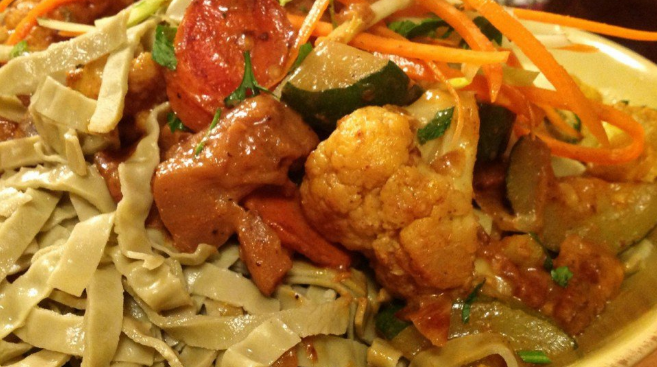
If you are puzzled by all the noodle options and in need of a change up, check out http://www.onegreenplanet.org/vegan-food/wheat-free-noodle-options-to-use-in-your-favorite-dishes/ for lots of information and recipes. There are great descriptions of the different noodle choices. Also links to many recipes can be found at this website.

